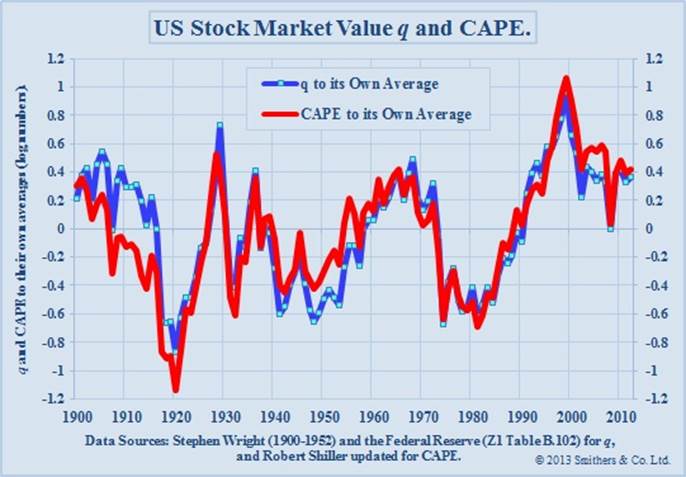CoreLogic released its Negative Equity report for Q3 2012 on January 17, 2013. See here. It reports the number and percentage of homeowners that are “underwater” in their mortgages (owe more than their home is worth) by state.
All in all, 1.3 million mortgages moved from negative to positive equity during the quarter, a generally postive development. Across the nation, 22% of all mortgages are still underwater, down from 23.7% in the Q2 report. Nevada is the undisputed "titleholder" with 57% of mortgages under water; Florida occupies the second slot with 42%. Nevada and Florida are also first and second in terms of high average loan-to-value ratios with Nevada at an astounding 109% and Florida at 86%.
Other highlights:
-
Arizona (39%), Georgia (36%), and Michigan (32%) rounded out the top 5 states with highest percentage of negative equity loans.
-
Nationally, there are 1.8 million more loans that are only 5%
underwater. Another year of increases in prices could wipe another 18%
of the negative equity mortgages off the list.
-
The bulk of the negative equity situation is at the market's low end (homes valued < $200,000). Nationally, 28.7% of all
mortgaged homes with values under $200,000 are underwater compared with
just 14.5% for homes valued above $200,000.
- Net homeowners’ equity in all mortgaged properties increased $200 billion during the quarter from $3.6 trillion to $3.8 trillion. California accounted for 25% of this increase or about $52 billion (California accounts for 22% of the value of all mortgaged residential property). The top 5 states (those listed above) with the most negative equity loans accounted for another 25% of the $200 billion increase in national net homeowners’ equity.



